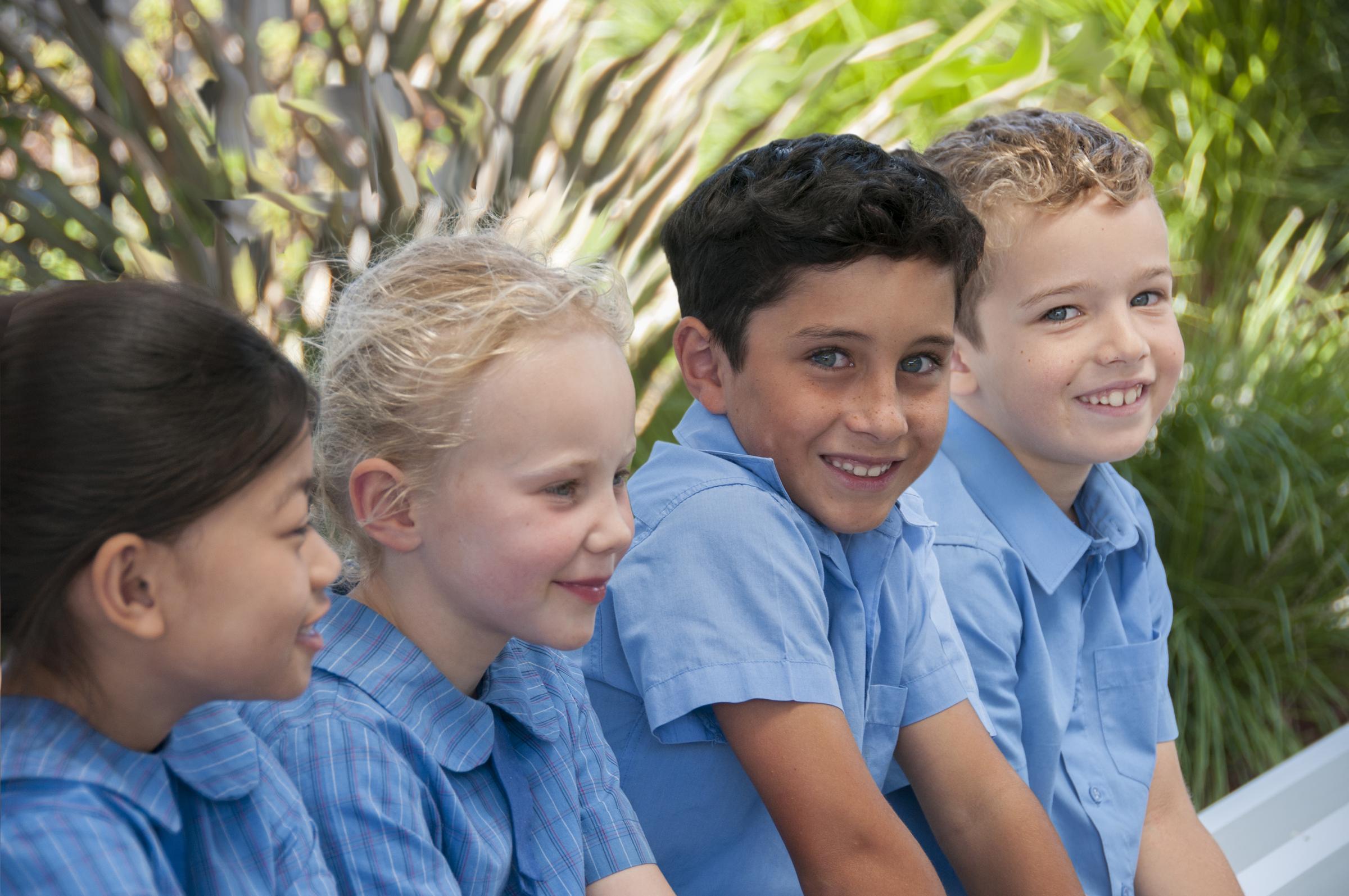Student Well-being

Spotlight
Each week a different Learning Community will share what they have been doing for Well-being that week. This week we put the spotlight on the wonderful 5/6 Community!
Year 5/6 Community Spotlight!
Unit: What Makes You Tick
Focus: The Core Areas of Wellbeing - Social, Emotional and Physical
The Year 5/6 Community has been exploring the idea, ‘what makes you tick,’ referring to their physical, social and emotional wellbeing. In the immersion phase of this unit, students undertook a rotation of activities that looked at these three core areas of their overall health.
The rotations included:
Physical Health - Bootcamp
Social Health - Card Stacking Challenge, and
Emotional Health - A Mindfulness Meditation session
After completing a “Think, Puzzle and Explore” graphic organiser, allowing students to think more deeply about each rotation, students were then asked which activity aligned with their means of positive coping when facing day to day stressors and what further questions they had about that area of their health.
With Remote Learning halting our unit, the main focus for Week 4 was to ensure students transitioned to home learning with ease. Activities for their well-being focused on doing things that made them feel good and getting them out and away from too much screen time!
Some of these activities included:
- Go for a bike ride
- Jump on the trampoline
- Do 20 pushups
- Run 10 laps of the backyard
- Kick the footy
- Skipping
- Go skateboarding
- Go for a swim
- Dance
- Play some basketball
- Go for a walk
- Practise the gymnastics moves!
In subsequent lessons, students will be looking at the link between their emotions and how this translates into either positive or negative behaviors.
It will be also critical to explore how our body undergoes transitions throughout the course of our life, and how our needs change depending on the demands of higher education, work, family or friendship dynamics and how stress impacts us.
Parenting for resilience
Resilience has proven to be one of the most important factors in predicting success as an adult. The ability to bounce back, regulate emotions and cope with stress are key traits in a healthy, functioning person. Resilience also helps prevent anxiety and depression. It is something we need to be instilling in our children.
1. Develop your child’s self-sufficiency
Self-esteem is an essential element for resilience. It teflon coats children against rejection and self-doubt. The foundation for self-esteem is self-sufficiency. It’s the simple things such as feeding yourself as a toddler, making your own snacks in primary school and making your own lunch in secondary school that build self-esteem.
2. Allow kids to resolve their own problems
Resilience is developed when children own and resolve their own problems, whether those problems are learning, relational or organisational challenges. A lunch left at home is a child’s problem to solve – either he borrows or goes without. A teenager who sleeps in on a school day needs to be allowed to manage the inconvenience of the situation, experience the stress that comes with being late and find a solution to avoid a repeat.
3. Encourage play (and mucking around) at every age
Encourage your child to play and be playful. As a community we seem to hold little store in the value of free, child-initiated, or even teenager-initiated, play. It’s almost as if play time is a waste of valuable learning time. As any adult who experienced the joys of ‘mucking around’ as a child or young person will know, free play has huge benefits. These include helping children manage fear, providing opportunities to negotiate risk, and learning how to work flexibly with others. Importantly, free play and mucking around help children experience and tame stress, which is essential for resilience.
4. Focus on face-to-face friendships
Healthy peer relationships are important protective factors against anxiety and depression for children and young people. From a resilience perspective, peer relationships are most potent when connections are face-to-face rather than through a digital medium. Studies are now showing how simple face-to-face social engagement has a massive positive impact on wellbeing. Positive face-to-face engagement – a smile, a wink or a nod – releases oxytocin, which increases trust and reduces cortisol (stress hormone). These simple face-to-face interactions also release dopamine, which makes us feel better.
For the sake of your child’s resilience, encourage more face-to-face interactions, model healthy socialisation and help them balance their time between the online and real worlds.
5. Tell stories of resilience
Storytelling is a powerful way of shaping children’s understanding of how the world works. According to a recent study, children who hear stories about family members overcoming obstacles are more resilient and display more grit in the face of challenges. The most helpful stories are those that are realistic, reflecting life’s ups and downs. It’s often stories of difficulty rather than success that teach and inspire children to persist. Similarly, it helps to remind children of times you worked hard in the past to overcome obstacles. These might include how you learned to ride a bike, how you adjusted to moving schools or how you to got along with a seemingly challenging teacher, boss or work colleague.
Perhaps the easiest way to bring resilience into your parenting is to develop a mindset for resilience. It helps to remember the struggles and difficulties you may have experienced and be willing to keep kids’ chins up when difficulties and challenges get them down. It’s also helpful to remind kids that things will get better. They always do, which is a fabulous resilience lesson to learn.
Lauren Borg
Well-being Leader


